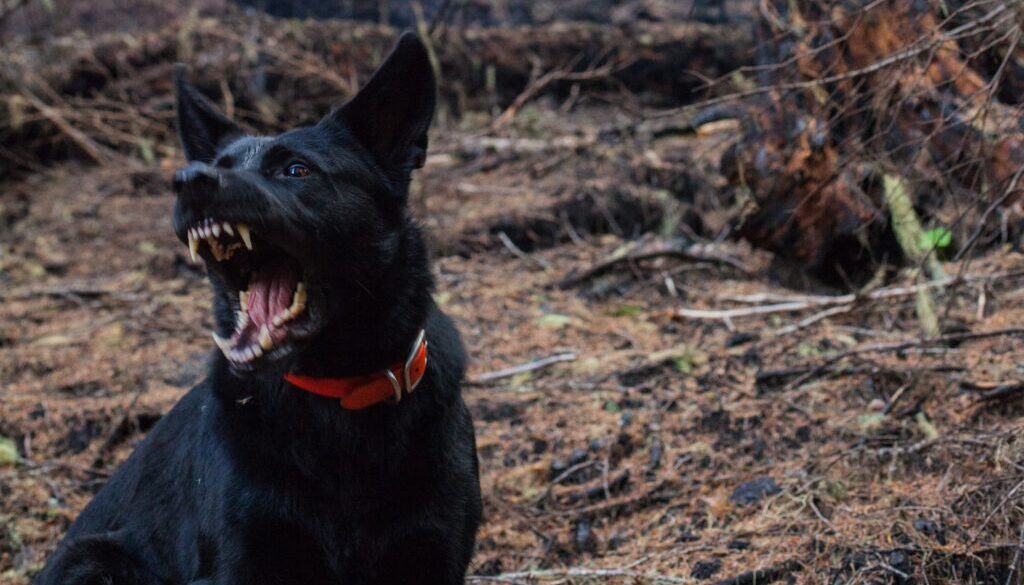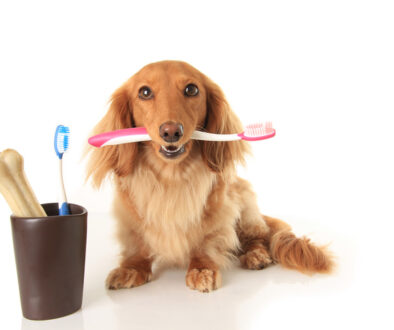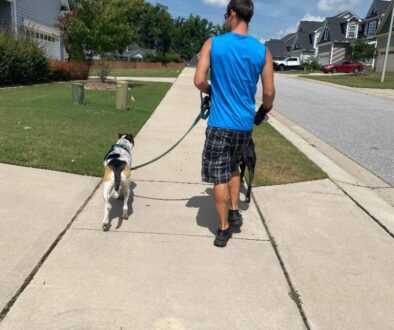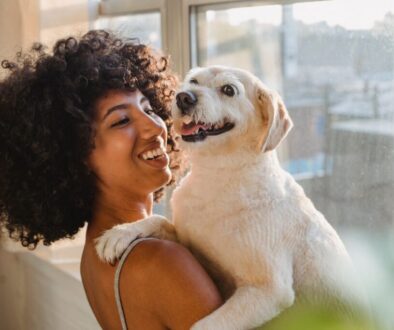How to Interact Safely and Prevent Dog Bites
Any dog, regardless of breed, age, or size, is capable of biting under certain conditions. However, knowing what to look for and how to approach them can mean the difference between a positive interaction and a dog bite. April 11th begins Dog Bite Prevention Week, and so here are some thoughts for reducing biting behavior or incidents.
First, why do dogs bite? Injured animals tend to bite out because they feel threatened or afraid, an instinct present even in the most domesticated pets. What is termed aggressive behavior might simply be a dog defending itself or its territory. Taking a dog by surprise can also result in biting, and those breeds prone to herding or protection can interpret running away as an invitation to chase you.
Abandoned, abused, or easily startled animals might bite more readily, as will a mother caring for her puppies. Waking a sleeping dog or sneaking up to take them by surprise likely will also provoke biting.
How do you prevent dog biting? Training. For your own dog, engage in deliberate training with positive rewards for good behavior, redirecting your dog away from problematic behaviors as they occur.
Socialization. Expose your dog to various situations, noises, and people to get them used to meeting and being around other places and things. When dogs aren’t properly socialized, they can become aggressive out of fear or discomfort.
Neutering. Have your dog spayed or neutered as soon as possible. Intact dogs tend to bite more and exhibit hostile behaviors due to the hormones which make them more territorial.
How do you recognize a dog who is about to bite?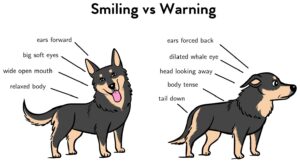 Look at the dog’s body language for clues. If they are growling, showing their teeth, and snapping, it’s probably wise to back off. Other cues include raised fur, a rigid posture, and rapid tail wagging – not to be confused with happy tail wagging which is relaxed, with a wide, sweeping arc that moves their body at the same time. A high tail, moving back and forth in a narrow, stiff arc, with an erect and rigid body means the dog is feeling threatened or uncomfortable.
Look at the dog’s body language for clues. If they are growling, showing their teeth, and snapping, it’s probably wise to back off. Other cues include raised fur, a rigid posture, and rapid tail wagging – not to be confused with happy tail wagging which is relaxed, with a wide, sweeping arc that moves their body at the same time. A high tail, moving back and forth in a narrow, stiff arc, with an erect and rigid body means the dog is feeling threatened or uncomfortable.
Lastly, interact safely with other people’s dogs by asking permission, approaching slowly, and letting the dog approach you to sniff first. If cornered, avoid eye contact, stay still, and wait until the dog loses interest; then walk away.

